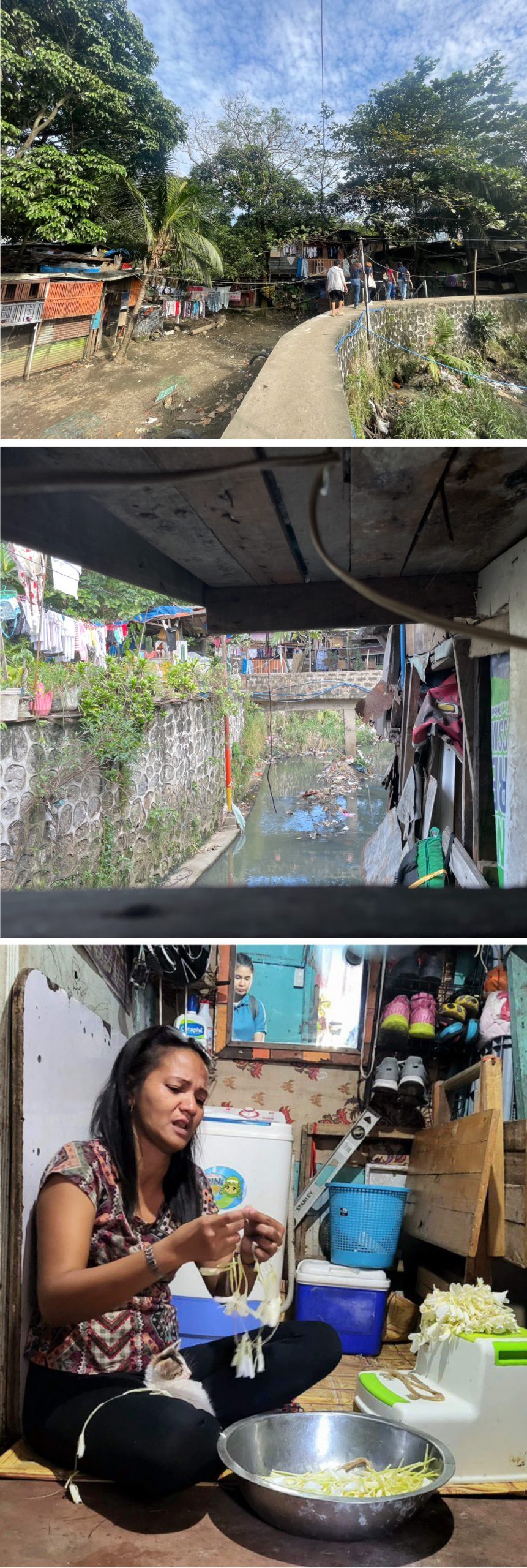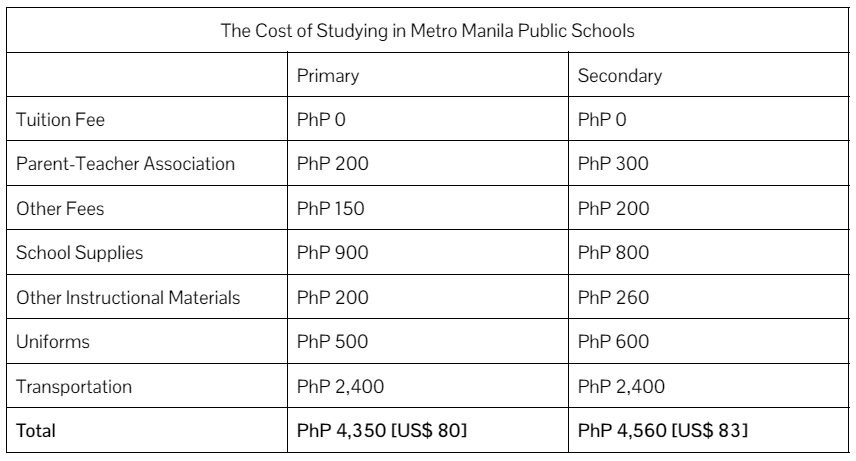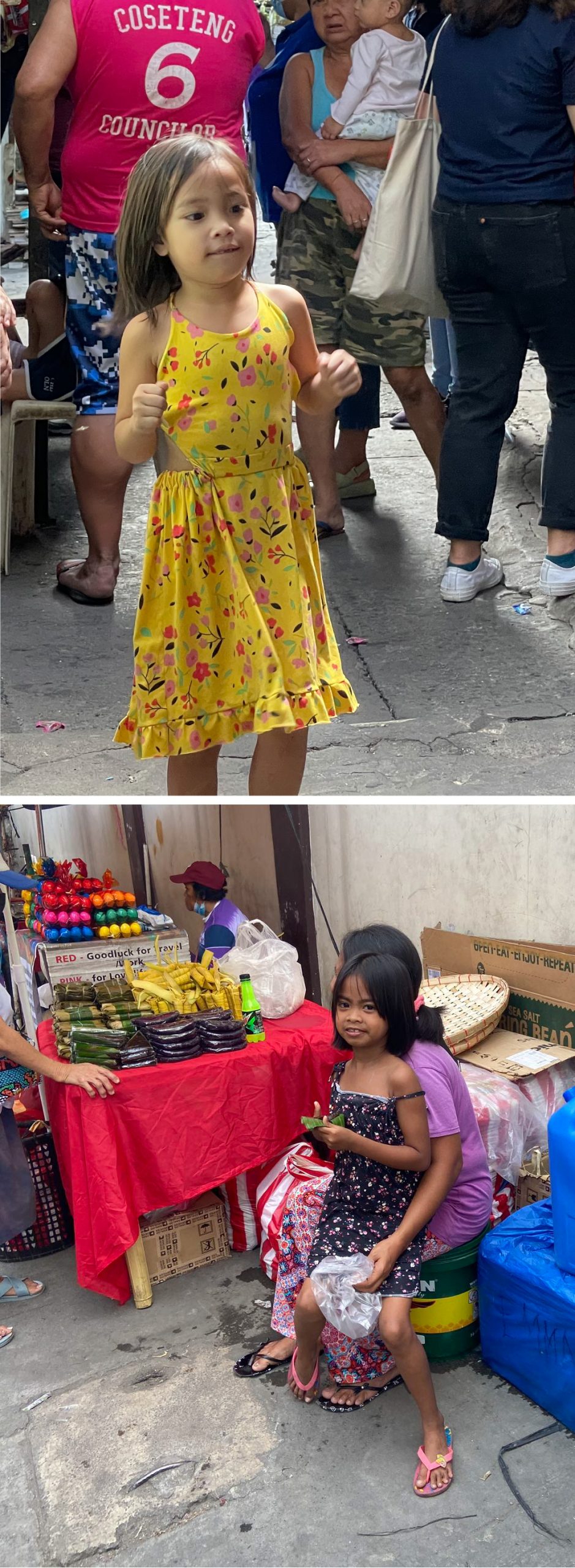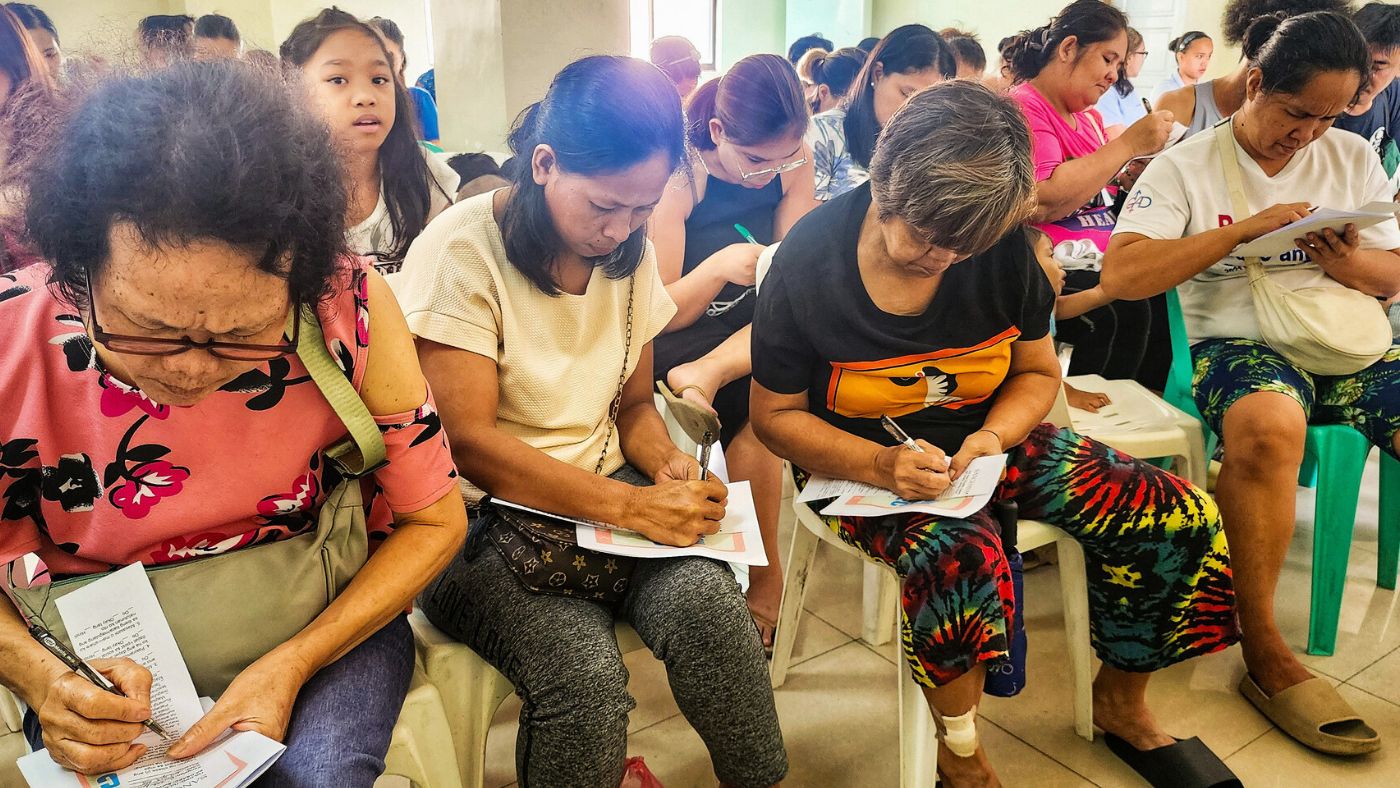The Slums of Manila

The Philippines’ economy has been one of the most dynamic in East Asia Pacific. With over 113 million Filipinos, the country’s growth stems from strong consumer demand, which is supported by a thriving labor market and robust remittances (The World Bank, 2022). However, this economic growth has had a limited impact on the millions of poor Filipinos struggling to make ends meet.
According to the most recent Philippine Statistics Authority (PSA) report, 18% of the population was living below the poverty threshold (This translates to to a poverty threshold of about PhP 12,030 [US$ 222] per month to support a family of five) of about PhP 2,406 [US$ 44] per month. This translates to 19.99 million Filipinos earning less than PhP 80 [US$ 1.43] per day and whose earnings are insufficient to meet their basic food and non-food needs. What’s worse is that there were 6.55 million Filipinos whose incomes were not even sufficient to feed themselves. But how does this affect the children in the Philippines?
3 in every 10 children belong to poor families. This is evident in the number of youths who wander the city streets, scavenge in dumpsites and landfills, or are forced to drop out of school and work at a young age to supplement their family’s income (UNICEF, 2015).
IMAGINE THIS:
“After a full day of work, it’s time to go home to your family. What’s supposed to be only a few minutes of travel time, turns into two hours of you spending at least an hour just waiting to ride the jeepney and then another hour traversing the heavy Manila traffic. Upon arrival in your community, you walk through narrow alleyways surrounded by houses made up of rusty scrap metals for roofs and old thin plywood for walls, and sacks of garbage just lying on the side of the road. This is where you live.”
In 2020, the United Nations Human Settlements Programme (UN-HABITAT) estimated that 37% of the Philippines’ urban population lives in these slum areas. This translates to a staggering 19.68 million Filipinos living under a roof that lacks one or more of the following conditions: access to improved water, access to improved sanitation, sufficient living area, housing durability, and security of tenure.
In Metro Manila, UNICEF estimated at least 1.7 million children live in these slums and the majority of them are not attending school.
Our Priority: The Children
In 2021, 1.2 million children were not enrolled in primary school (UNESCO Institute of Statistics).
Based on the latest statistics, 1 in every 10 children and youth was out-of-school (According to Philippine Statistics Authority, out-of-school children are those aged 6 to 14 who are not attending school, while out-of-school youth are those aged 15 to 24 who are not attending school, have not completed any college or postsecondary course, and are not working.). Though the number of out-of-school children and youth (OSCY) in the Philippines has decreased, it remains high when compared to other Asian countries. Some of the most common reasons why they choose to stop attending school are (1) employment or looking for work to help their family, (2) early marriage or focus on family matters, and (3) high cost of education or financial concern. In 2016, 1.3 million families were reported to have working children (5-17 years old) and more than half of them belong to families in the bottom 30% income group.
It is important to note that although there are a lot of public schools in the Philippines that do not charge tuition fees, it’s not the only financial consideration of a family. School supplies and uniforms, as well as meals and transportation, are just some of the costs that fall on the children’s parents. For most families, these costs are still too expensive for them.

If a child is not given the chance to get an education, it will hinder their chances of succeeding in life and escaping the slums of Manila. Education for one child is the first step in breaking the cycle of poverty that keeps children in the slums.

Learn More about this Project
Featured Beneficiary’s Story Coming Soon
More Precious than Diamonds – July to December 2022 Update
Go to Captivating Publications for all of our updates and reports.
Project Video Coming Soon
With the majority of slum children, begging on the streets, these children are the most at risk of becoming tomorrow’s victims of human trafficking and cybersex crime.
EVERY TIME WE FIND 6 PROGRAM PARTNERS WILLING TO EACH DONATE AU$5,000 / US$3,500, WE CAN LAUNCH ANOTHER SLUM COMMUNITY PROJECT ENABLING US TO:
- Secure education for 200 out-of-school children, majority of whom are girls, in targeted slum communities in Manila;
- Educate families about child safety and the value of education through organized community events and presentations;
- Mentor and support scholarship girls to become advocates of education in their community;
- Actively engage with key stakeholders and establish an active local volunteer network and community mothers group; and
- Help improve the income / situation of 5% of slum-based families through income generation solutions or assistance to permanently relocate away from the slum.
With your support, we can stop the “slum story” with this generation of children.

After more info before you donate, Captivating’s CEO, Andrew Colquhoun, would love to hear from you:
andrewc@captivating.org
Latest News for PHILIPPINES - Manila Slum Project
Thank you to our project partners










